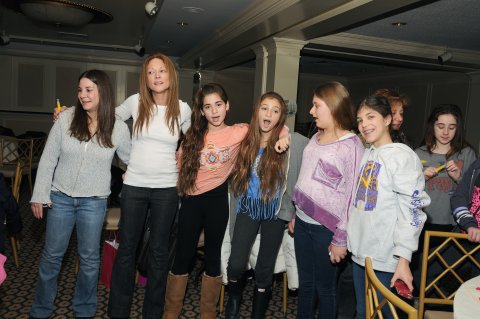The Shabbat Centered Learning Model

Congregations understand Shabbat as a core Jewish living and learning experience. These models do more than simply change the time of school to Shabbat. Rather these models place Shabbat at the center of the learning experience.
Learners come together within the context of Shabbat to worship, study, and connect to one another. Shabbat centered models often involve the entire family, parents and children in a particular grade, an intergenerational cross-section of the congregation or varying combinations of these three communities. These models often focus on building relationships between young families and the larger congregational community.
Some models provide separate worship experiences for learners while others invite learners to join in congregation-wide worship. Learners typically share meals together as well as they celebrate Shabbat on Friday evening, Shabbat morning, or Shabbat afternoon. Shabbat learning can happen either in the synagogue or in another setting like homes. The centrality of Shabbat often informs the content of the learning with a focus on Torah, prayer and ritual.
Shabbat Centered Learning Models (click on each for full description):
-
Shabbat Family Study, Temple Beth Sholom; Roslyn, NY
-
Shabbat School Experience, Reconstructionist Synagogue of the North Shore (RSNS); Plandome, NY
-
Gesher, Peninsula Temple Beth El (PTBE); San Mateo, CA
-
Beit Midrash, Congregation Beth Am Israel; Penn Valley, PA
-
Shabbat 2.0, Reform Temple of Forest Hills; Forest Hills, NY
